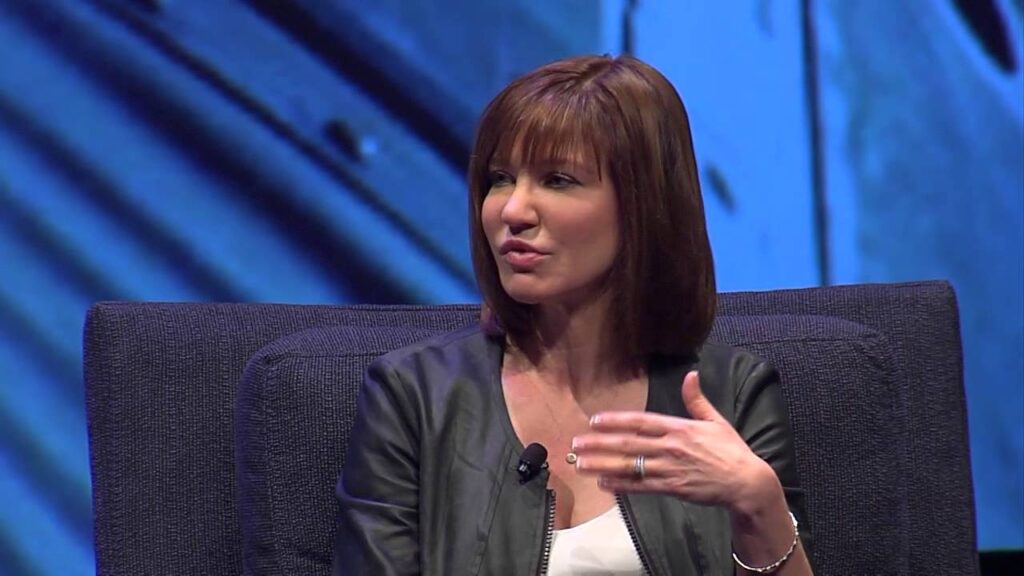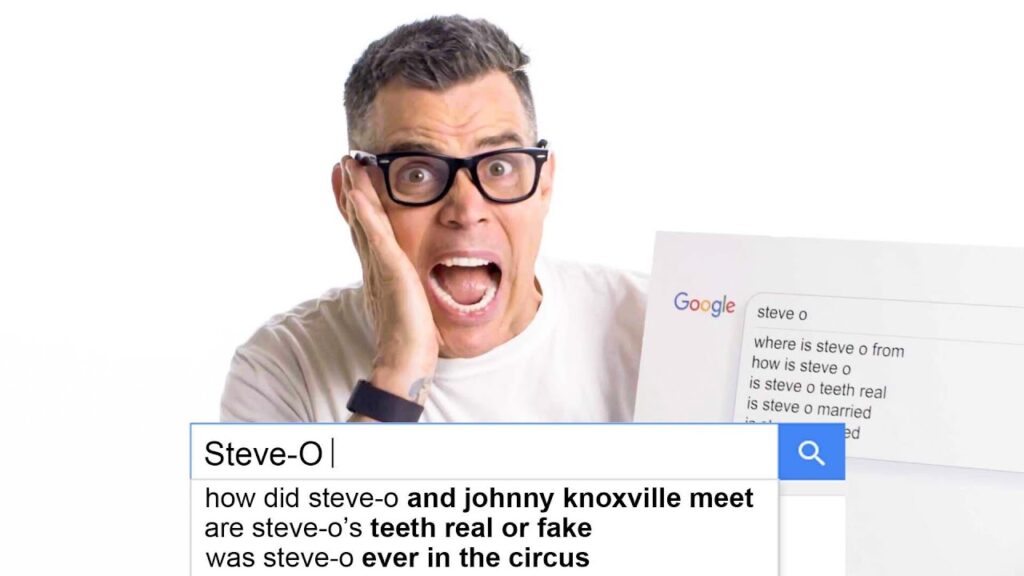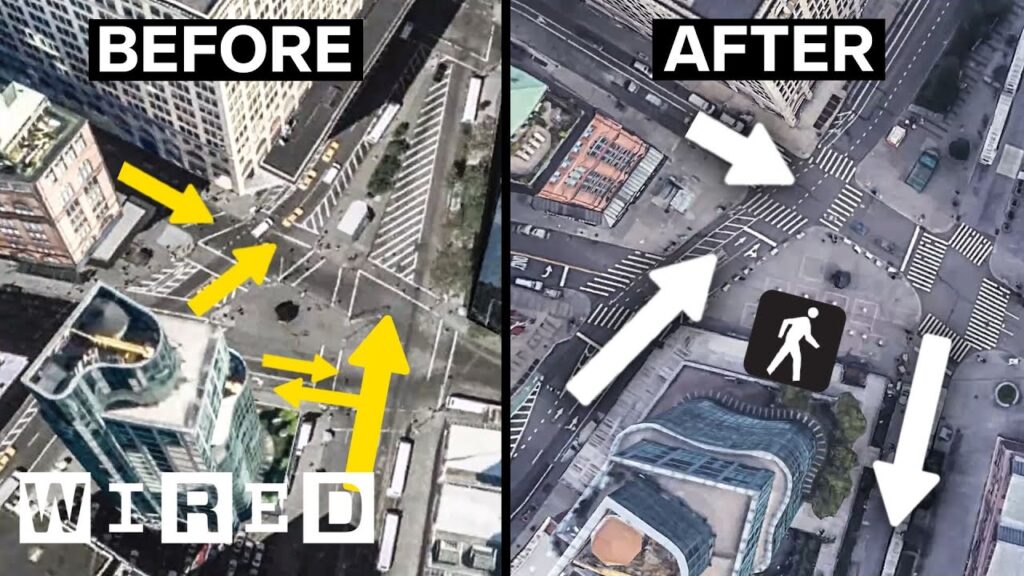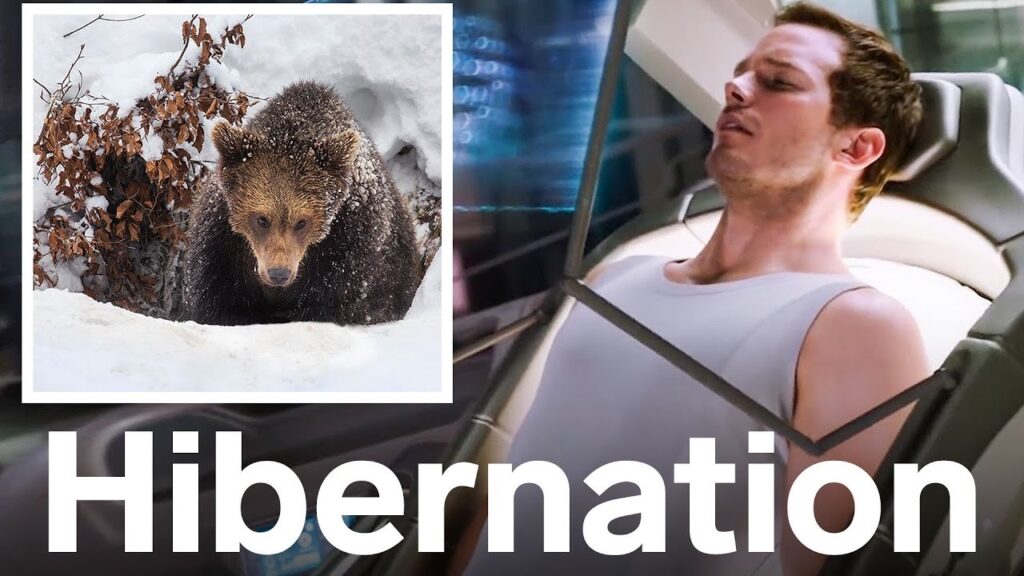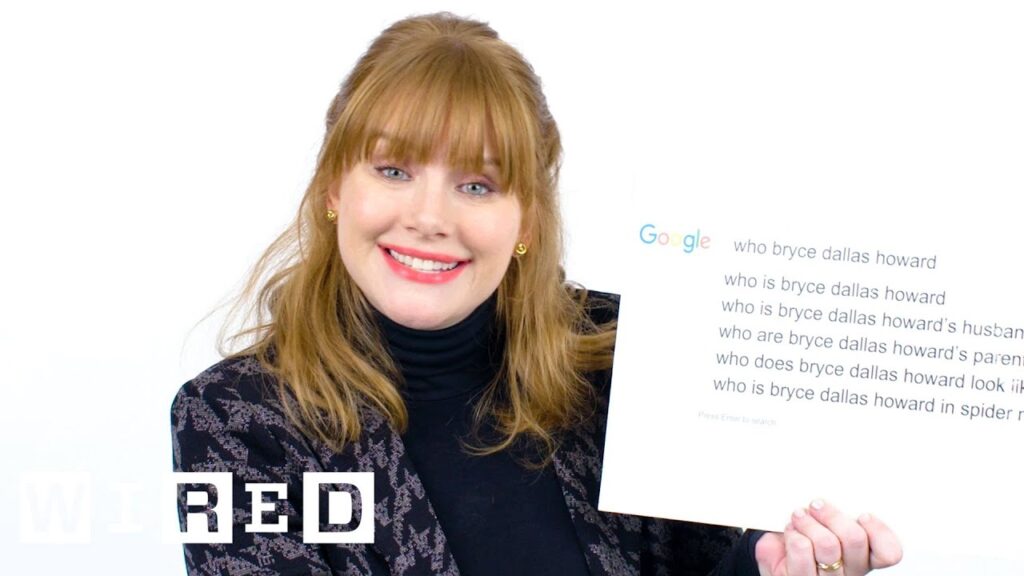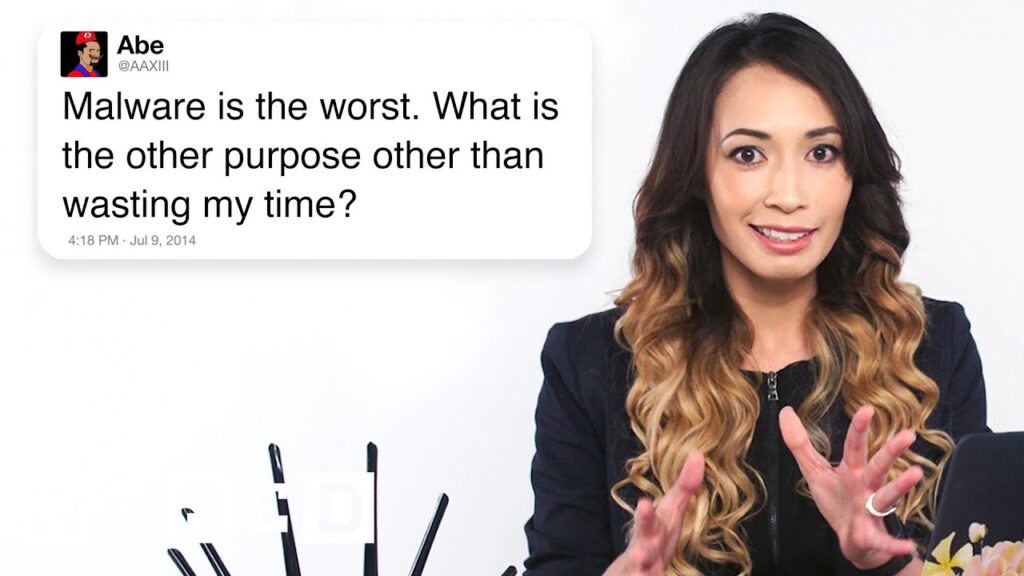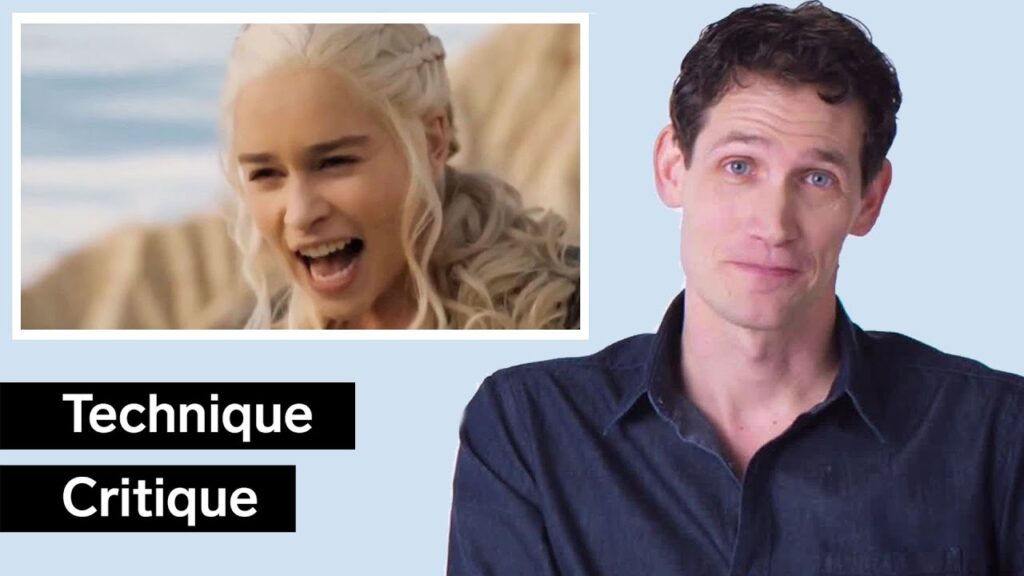Uncharted Island – Behind The Scenes of Kong’s Skull Island Creatures
Summary
In this article, we explore how the visual effects team at Industrial Light & Magic brought the creatures on Kong’s Skull Island to life. We cover the challenges involved in animating Kong and other creatures, the use of motion capture technology, the grooming of realistic fur and hair, and the design of the skull crawler, among other topics.
Table of Contents
- Bringing Kong to Life
- Motion Capture Technology
- Grooming Realistic Fur and Hair
- Designing the Skull Crawler
- Filming at Real Locations
- Conclusion
Bringing Kong to Life
Since the original King Kong movie in 1933, audiences have been fascinated with the giant ape and the world in which he lives. In Kong’s Skull Island, the visual effects team at Industrial Light & Magic faced the daunting task of bringing Kong and a variety of other creatures to life in a realistic and believable way. Academy Award-winning VFX supervisor Stephen Rosenbaum joined the team early on in the project, working with various art departments to develop early ideas for the creatures.
One of the most challenging character animation moments in the movie comes from a simple sketch of Kong eating squid. The shot required complicated water and flesh simulations, detailed fur grooming, and complex compositing. The team used a variety of render controls and camera culling tools to manage the enormous number of hairs on Kong’s body, which totaled 19 million.
Motion Capture Technology
Toby Kebbell provided the motion capture for Kong as well as playing the role of Jack Chapman in the movie. The team used the same motion capture technology that Kebbell had previously used in the film Warcraft, allowing them to reuse his movements for Kong. Kebbell also provided the facial capture for Kong, allowing the animators to reference his expressions and movements.
Grooming Realistic Fur and Hair
The team at ILM used a new hair craft tool to create realistic fur and hair for the various creatures in the movie. Gail Moran headed the hair grooming team, which also worked on ILM’s previous project, Warcraft. She personally did the hair work for the water buffalo, one of the team’s favorite CG character shots in the film. The hair and fur team also created digital seaweed that interacts with the horns of the water buffalo, using Clarisse, a tool normally used for environment and vegetation work.
Designing the Skull Crawler
The skull crawler is a three-legged reptilian beast with a prominently featured skull head. The visual effects team drew inspiration from Cabon, a reference given to them by the film’s director. The skull crawlers were a combination of designs from both the film’s art department and the team at ILM.
Filming at Real Locations
The movie takes place on an uncharted island, and the visual effects team aimed to create as much realism as possible. While much of the environment is created digitally, the team filmed on location whenever possible to capture real-world elements that they could incorporate into the final product.
Conclusion
The visual effects team at Industrial Light & Magic brought an array of creatures to life in Kong’s Skull Island, from the iconic Kong himself to the menacing skull crawler. The team faced numerous challenges, from managing Kong’s 19 million hairs to creating realistic digital hair and fur for the water buffalo. The use of motion capture technology and real-world filming locations helped to create a world that feels tangible and believable, while the team’s ingenuity and attention to detail made the creatures on the island come to life in a way that even Willis O’Brien would have been proud of.
